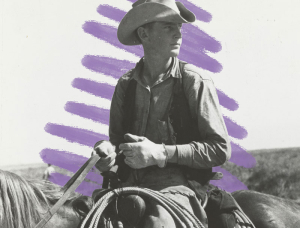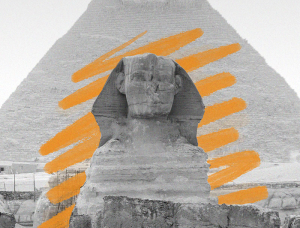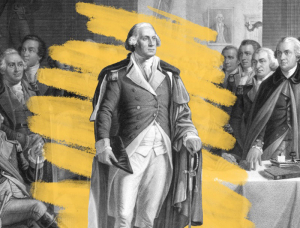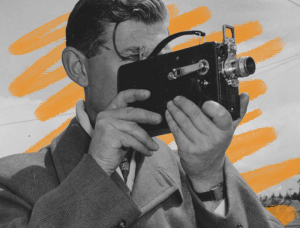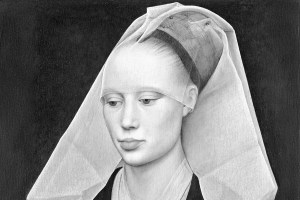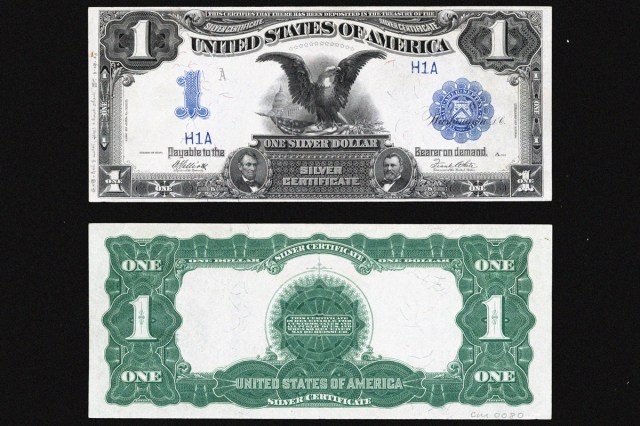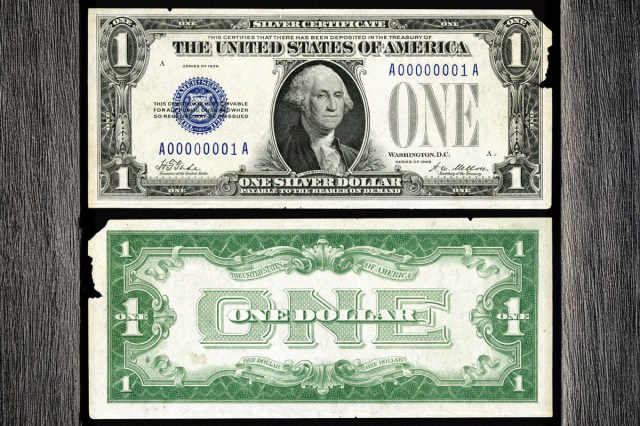What the $1 Bill Used To Look Like
As the United States entered the turbulent era of the Civil War, the government set aside long-standing concerns about nonmetallic currency and began issuing a series of paper banknotes in 1861. These “Demand Notes” were printed in denominations of $5, $10, and $20 — but not the lone dollar.
The $1 bill finally arrived the following year with the next generation of paper currency, known as United States Notes (or Legal Tender Notes), and the bill has since made up for its delayed arrival by becoming the most common denomination in circulation today.
Of course, that 1862 $1 note — or any dollar bill printed before the mid-20th century — would likely draw a double take from modern eyes, as paper currency has undergone numerous aesthetic changes since the days of the Civil War. Here’s a look at some of the notable designs to grace the sides of the humble dollar over the years.

1862 United States Note
Like most paper currency of this period, the first $1 bill incorporated a mishmash of fonts and shapes across a crowded obverse (front), while the back featured a green ink-rendered display of lathework surrounding an inscription of the government’s legal obligation to the note holder. But the most notable highlight may well have been the picture of the serious-looking fellow who is decidedly not George Washington, nor any other easily recognizable statesman, for that matter. The denomination’s first portrait instead went to Salmon P. Chase, who served as secretary of the Treasury and chief justice of the Supreme Court.
